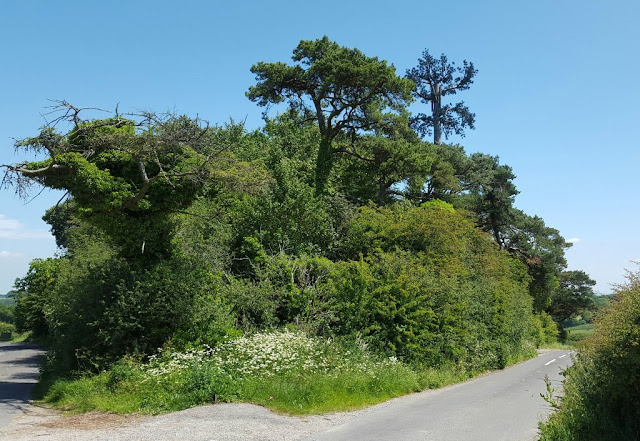Smartphones have replaced so many of our gadgets. The picture above is a witness to how all the gadgets have now been replaced by smartphones. To some extent hardware requirements have been transferred to software requirements (Apps). But the smartphones does a lot more than just hardware to software translation.
Most youngsters no longer have bookshelves or the encyclopedia collections. eBooks and Wikipedia have replaced them. We no longer need sticky notes and physical calendars, there are Apps for them.
Back in 2014, Benedict Evans posted his "Mobile is Eating the world" presentation. His presentation has received over 700K views. I know its not as much as Justin Bieber's songs views but its still a lot in the tech world. He has recently updated his presentation (embedded below) and its now called "Mobile ate the world".
Quite rightly, the job is not done yet. There is still long way to go. The fact that this tweet has over 600 retweets is a witness to this fact. Here are some of the slides that I really liked (and links reltaed to them - opens in a new window).We sometimes think of the shift to mobile as finished, or almost finished. It isn't. pic.twitter.com/l5gaiMlaoU— Benedict Evans (@BenedictEvans) March 12, 2016
While we can see how Smartphones are getting ever more popular and how other gadgets that its replacing is suffering, I know people who own a smartphone for everything except voice call and have a feature phone for voice calls. Other people (including myself) rely on OTT for calls as its guaranteed better quality most of the time (at least indoors).
Smartphones have already replaced a lot of gadgets and other day to day necessities but the fact is that it can do a lot more. Payments is one such thing. The fact that I still carry a physical wallet means that the environment around me hasn't transformed enough for it to be made redundant. If I look in my wallet, I have some cash, a credit and debit card, driving license, some store loyalty cards and my business cards. There is no reason why all of these cannot be digital and/or virtual.
A Connected Car is a Smartphone on/with wheels.
A connected drone can be considered as smartphone that flies.
The Smartphones today are more than just hardware/software. They are a complete ecosystem. We can argue if only 2 options for OSs is good or bad. From developers point of view, two is just about right.
Another very important point to remember that smartphones enable different platforms.
While we may just have messaging apps that are acting as platforms, there is a potential for a lot more.Old: all software expands until it includes messaging— Benedict Evans (@BenedictEvans) March 13, 2015
New: all messaging expands until it includes software
Here is the presentation, worth reflecting on each slide:
If you haven't heard Benedict Evans speak, you can refer to a recent video by him on this topic:
Related posts on the web:






























